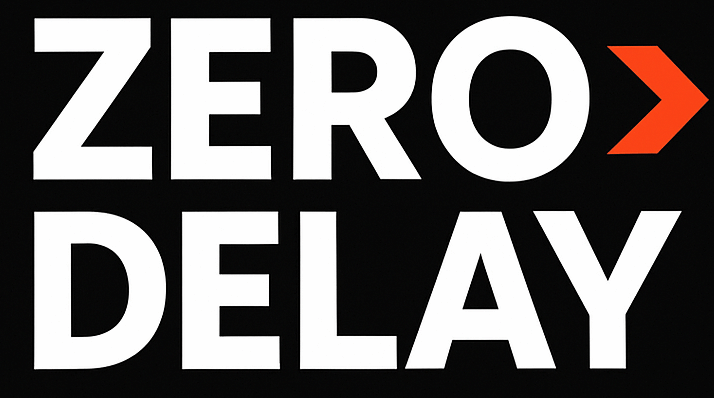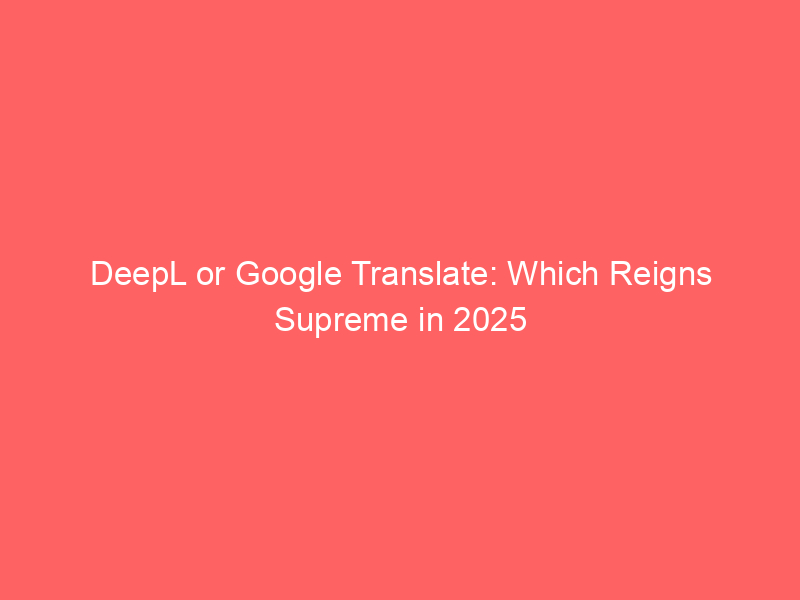As artificial intelligence continues to evolve at a rapid pace, the tools we rely on for instant translation are becoming more sophisticated and accurate than ever before. In 2025, two giants dominate the machine translation landscape: DeepL and Google Translate. Both platforms have made significant strides, but which one truly reigns supreme in terms of accuracy, usability, and overall performance? This article explores these questions by comparing their features, strengths, and weaknesses to help users decide which translator is the best choice this year.
Comparing Accuracy and Usability of DeepL and Google Translate in 2025
When it comes to translation accuracy in 2025, DeepL has gained a reputation for producing more natural and contextually appropriate translations, especially with European languages. Its neural network models are fine-tuned to understand subtle nuances, idiomatic expressions, and complex syntax, making it a favorite among professional translators and language enthusiasts. Google Translate, on the other hand, has made huge strides thanks to its vast data training and integration of multilingual models, which now allow it to handle a wider array of languages with remarkable speed. However, its translations sometimes lack the nuanced finesse that DeepL offers, especially in complex or less common language pairs.
Usability is another critical aspect where DeepL and Google Translate diverge. DeepL’s interface remains sleek and user-friendly, with features like document translation and integration with popular apps. Its focus on quality over quantity makes it ideal for users who need precise translations in professional or academic settings. Google Translate’s strength lies in its unparalleled language support—over 130 languages—and its seamless integration across Google products such as Chrome, Gmail, and Android. Its instant camera translation and voice input features provide a level of convenience that appeals to travelers and casual users alike, even if some translations require a second look for accuracy.
In 2025, both platforms have incorporated AI-driven contextual improvements. DeepL’s updates have enhanced its ability to preserve tone and style, especially in longer texts, while Google Translate continues to optimize its neural machine translations for real-time conversations and multimedia content. Ultimately, the choice between the two depends on user needs: DeepL excels in accuracy and nuance for professional use, whereas Google Translate offers versatility and broad language support for everyday tasks and global communication.
Which Translator Dominates: DeepL or Google Translate This Year?
By 2025, Google Translate remains the go-to tool for many due to its extensive language library and integration within Google’s ecosystem. Its ability to instantly translate web pages, images, and voice inputs makes it particularly useful for travelers, students, and casual users who need quick answers. Google’s continuous machine learning improvements have narrowed the gap in translation quality, making it a reliable choice for informal and even some formal uses. Additionally, its free availability and widespread adoption mean that it’s often the default option for people around the world, cementing its position as a dominant force in the translation industry.
However, DeepL’s strategic focus on quality and context-aware translations has earned it a loyal following among professionals. In 2025, many translation agencies, content creators, and multinational companies prefer DeepL for its ability to generate more polished, human-like translations. Its emphasis on linguistic nuance gives it an edge in localized marketing, legal documents, and academic content. As AI models become more refined, DeepL’s ability to handle complex language structures continues to improve, making it a serious contender for the top spot, especially in Europe and regions where language precision is paramount.
Looking ahead, Google Translate’s vast infrastructure and ongoing innovations suggest it will maintain its leadership in volume and accessibility. Meanwhile, DeepL’s focus on quality and its growing array of features position it as the preferred choice for users prioritizing accuracy and professionalism. In 2025, the “winner” depends largely on context: for broad, quick translations and multilingual support, Google Translate takes the lead; for nuanced, high-quality translations, DeepL continues to impress. The landscape remains competitive, and both tools are set to shape the future of global communication well into the coming years.







